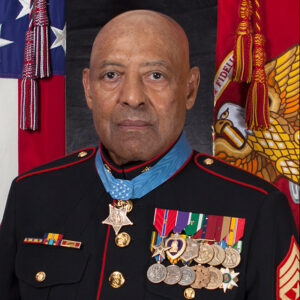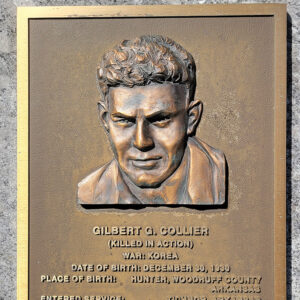Entry Category: Individuals - Starting with C
 Campbell Children's Memorial
Campbell Children's Memorial
Campbell, John
 John Campbell
John Campbell
 Edward R. S. Canby
Edward R. S. Canby
Canley, John L.
 John L. Canley
John L. Canley
 Eugene Asa Carr
Eugene Asa Carr
Carr, Eugene Asa
Catterson, Robert Francis
Caulder, Peter
Cecil, John
 Marcellus H. Chiles Plaque
Marcellus H. Chiles Plaque
Chiles, Marcellus Holmes
Chisum, John Greene
 Thomas Churchill
Thomas Churchill
Churchill, Thomas James
Clark, Wesley Kanne
Clayton, Powell
 Patrick Cleburne Gravesite
Patrick Cleburne Gravesite
Cleburne, Patrick Ronayne
 Patrick Cleburne Statue
Patrick Cleburne Statue
 Granville Coggs
Granville Coggs
Coggs, Granville Coleridge
Colley, Chad
aka: Ralph C. Colley Jr.
 Calvin Collier
Calvin Collier
Collier, Calvin Lawrence
 Gilbert G. Collier Plaque
Gilbert G. Collier Plaque
 Gilbert Georgie Collier
Gilbert Georgie Collier
Collier, Gilbert Georgie
 Colton Greene
Colton Greene
 Cone Trophy
Cone Trophy
Cone, John Carroll
Conway, James T.
 James T. Conway
James T. Conway
 Everett Cook
Everett Cook
Cook, Everett Richard
Cook, Gilbert Richard
Cook, Virgil Young (V. Y.)
Cooke, Charles Maynard “Savvy,” Jr.
 Clarence B. Craft Plaque
Clarence B. Craft Plaque
Craft, Clarence Byrle
 Clarence Byrle Craft
Clarence Byrle Craft




